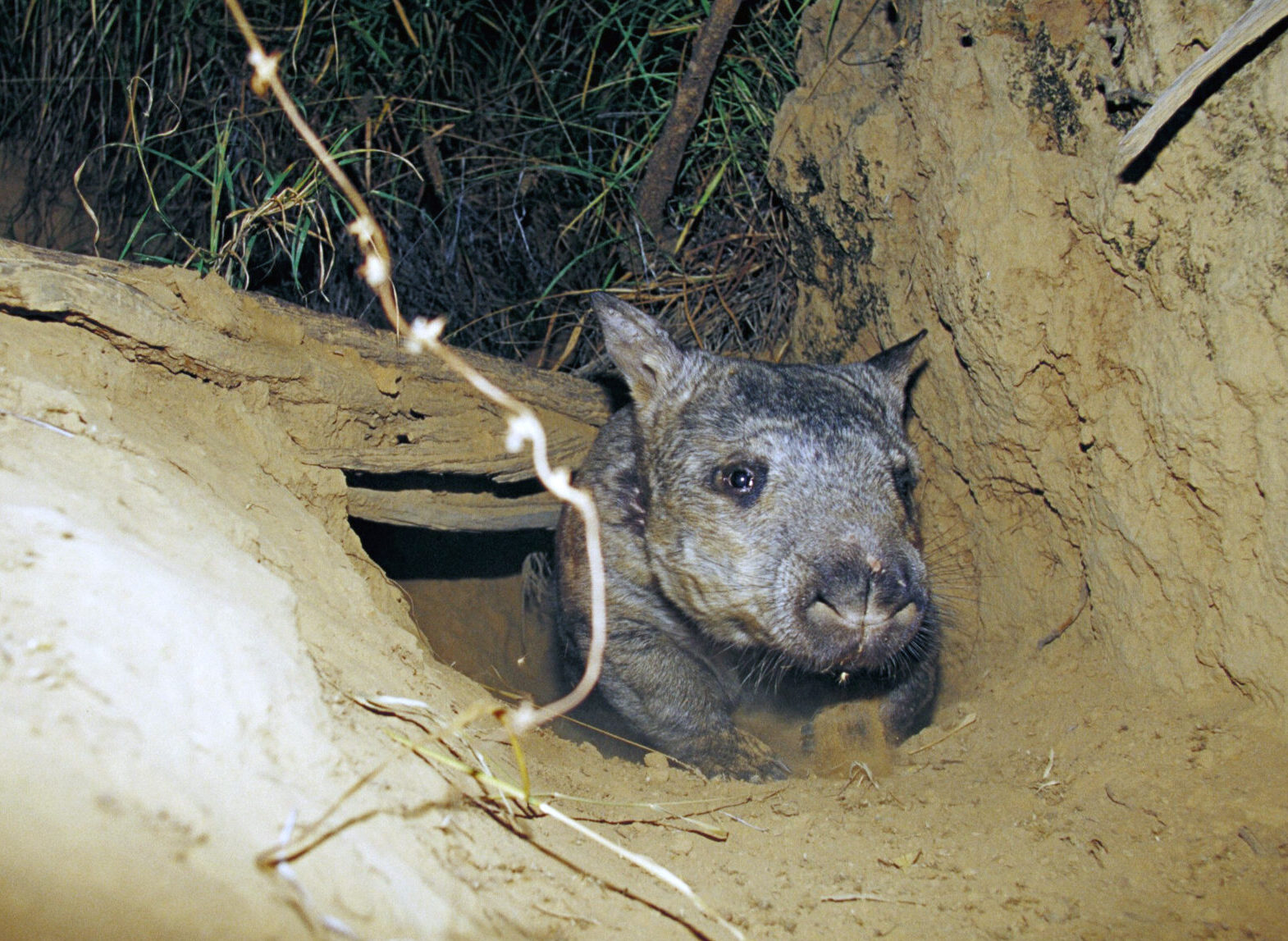| Common name | Yellow-bellied sea snake |
| Scientific name | Hydrophis platurus |
| Type | Reptile |
| Diet | Fish |
| Average lifespan | 2-4 years |
| Size | Reaches an average length of less than a metre |
Sea snakes evolved from their land-based cousins and are adapted to life in water to varying degrees, but none quite as completely as the yellow-bellied sea snake (Hydrophis platurus), which lives is entire life at sea. Its laterally flattened ribbon-like body and paddle-like tail are perfectly suited to moving in the open ocean, allowing it to swim both backwards and forwards.
In fact, it’ so well suited to swimming that it’s almost lost the ability to move on land. Although the species lives in the open ocean, far from coasts and reefs, individuals are sometimes found stranded on beaches after storms.

No other reptile – on land or in water – has such a wide distribution as the yellow-bellied sea snake. It’s found in tropical and subtropical waters from Africa’s east coast to the west coast of the Americas. In Australia, it occurs in coastal waters off the mainland north from Sydney right around to Perth.
It’s one of about 36 sea snake species known from Australian waters and is easily identified, being distinctively black on the upper surface and bright yellow underneath.
Seas snakes are stealth predators that quietly stalk then seize their fish prey. But they also – with seemingly little effort apart from a lunge forward or a sideways swipe of the head – capture fish that gather beneath their motionless bodies as they lie on the water’s surface. The fish are apparently deceived by the snake’s shape into thinking it’s some sort of lifeless log they can shelter beneath!
Sometimes large rafts containing hundreds of yellow-bellied sea snakes are found floating on calm water. It’s not known whether these are deliberate or accidental aggregations created by prevailing winds and water currents.


Like most sea snakes, this species is highly venomous although, up until 2018, when a young deckhand on a prawn trawler working in waters off the Northern Territory was fatally bitten, no one had been killed by a sea snake bite in Australia for 80 years.
Like all reptiles, sea snakes need to breath air, although they can remain submerged for up to two hours between breaths. As well as having an elongated single lung to breathe air, like their land-based relatives, sea snakes also ‘breathe’ through cutaneous respiration: oxygen dissolved in sea water diffuses across the snake’s skin into its blood and then the waste product carbon dioxide diffuses out in the other direction.
Inward-opening nostril valves stop air entering the sea snake’s lung while it’s underwater. And excess salt accumulated from sea water is excreted by a special gland under the tongue.
Like most sea snakes the yellow-bellied sea snake bears live young – up to 6 at a time, each just over 2cm long.








